Understanding GxP in the Pharmaceutical Industry
By Lisa Helmonds
In the pharmaceutical industry, GxP refers to "Good Practice" standards, which are essential guidelines ensuring that products are consistently safe, effective, and of high quality throughout their lifecycle. These guidelines include Good Manufacturing Practice (GMP), Good Laboratory Practice (GLP), Good Clinical Practice (GCP), and several others, each focusing on specific aspects of the production, testing, and distribution processes.
What Does GxP Stand For?
GxP stands for Good ‘fill-in-the-blank’ Practices, representing a set of quality guidelines and regulations. The "x" in GxP is a variable that can be replaced with specific areas such as Manufacturing (GMP), Laboratory (GLP), Clinical (GCP), and others, depending on the context. These practices ensure that pharmaceutical products are developed, manufactured, and distributed under rigorous quality standards, making them safe and effective for consumer use.
Key GxP Guidelines
Good Manufacturing Practice (GMP): GMP outlines the minimum requirements for the manufacturing, control, and distribution of pharmaceutical products. It ensures that products are consistently produced and controlled according to quality standards. This includes facility design, equipment validation, personnel training, and product testing, all aimed at maintaining the integrity of pharmaceutical products.
Good Laboratory Practice (GLP): GLP ensures the reliability and integrity of data generated in non-clinical laboratory studies. It provides a framework for designing, conducting, and reporting experiments, ensuring that the data is accurate and that animals used in research are treated humanely.
Good Clinical Practice (GCP): GCP is a set of internationally recognized ethical and scientific standards for conducting clinical trials. It ensures the protection of participants' rights and safety while generating reliable data on the efficacy and safety of investigational drugs.
Good Distribution Practice (GDP): GDP provides guidelines for the proper distribution of pharmaceutical products, ensuring that they are stored and transported in conditions that maintain their quality and integrity.
Good Documentation Practice (GDocP): GDocP involves standards for creating and maintaining documentation related to pharmaceutical production and testing. Proper documentation is crucial for traceability and regulatory compliance.
Good Pharmacovigilance Practice (GVP): GVP ensures the monitoring and evaluation of adverse drug reactions, helping to prevent harm to patients. It guides the safe and effective use of pharmaceutical products and ensures timely communication of safety information.
Good Storage Practice (GSP): GSP outlines the appropriate storage conditions for pharmaceuticals to maintain their quality and safety. This applies to manufacturers, importers, wholesalers, and pharmacies.
Good Engineering Practice (GEP): GEP involves the standards and guidelines for designing, constructing, and maintaining pharmaceutical facilities, ensuring that they meet regulatory requirements and are safe and efficient to operate.
Compliance with GxP regulations is essential for ensuring that pharmaceutical products are safe and effective for patients. It is a shared responsibility across all levels of an organization, from manufacturing to distribution. Implementing a strong pharmaceutical quality system that incorporates GxP guidelines helps prevent issues such as drug shortages, counterfeit products, and regulatory non-compliance.
To ensure GxP compliance, organizations must stay updated with training and industry best practices. Having experienced personnel is crucial for maintaining quality throughout the product lifecycle. Additionally, utilizing GxP quality tools and expert consultants can help automate processes and make compliance more efficient.
In the pharmaceutical industry, numerous GxP records are generated, including product batch records, facility and equipment files, and clinical study reports. These records must be created, maintained, and stored according to GDocP to ensure data integrity. Proper documentation is critical for regulatory filings and ensures that decisions are based on accurate and reliable data.
Conclusion
GxP compliance is vital in the pharmaceutical industry as it directly impacts public health. Regulatory authorities expect companies to not only meet but exceed the minimum standards, staying current with evolving industry guidelines. Any failure in compliance can lead to significant consequences, including drug shortages, safety risks, and damage to a company’s reputation. Therefore, it is essential for pharmaceutical companies to prioritize GxP adherence throughout the product lifecycle.
